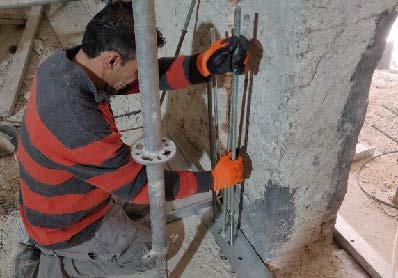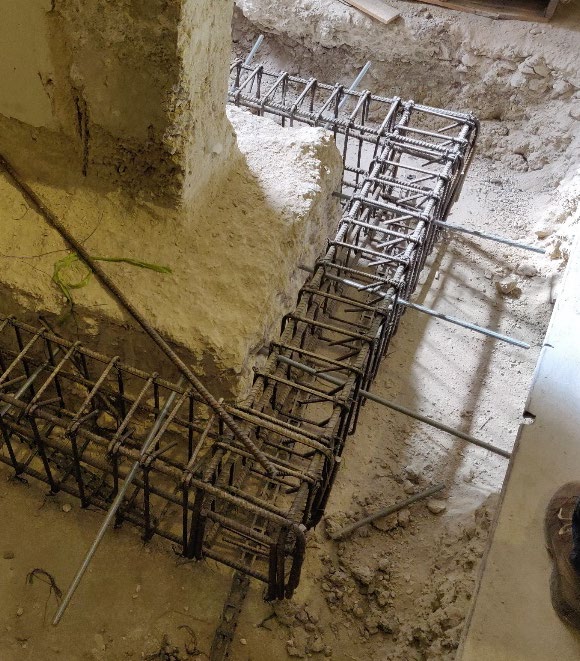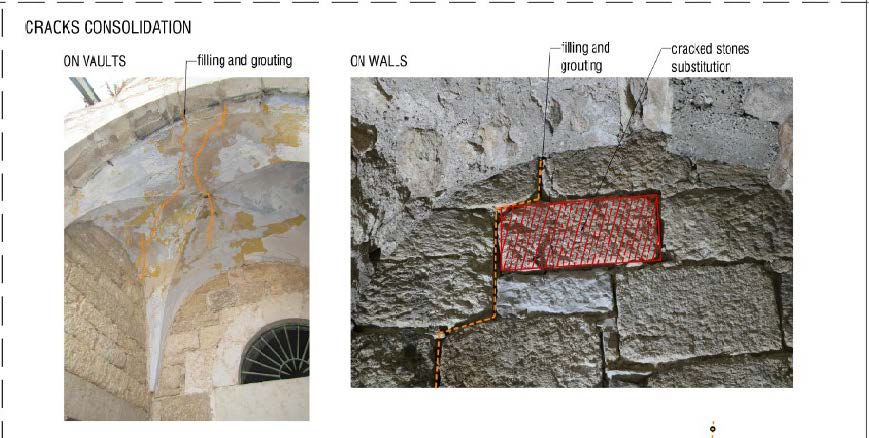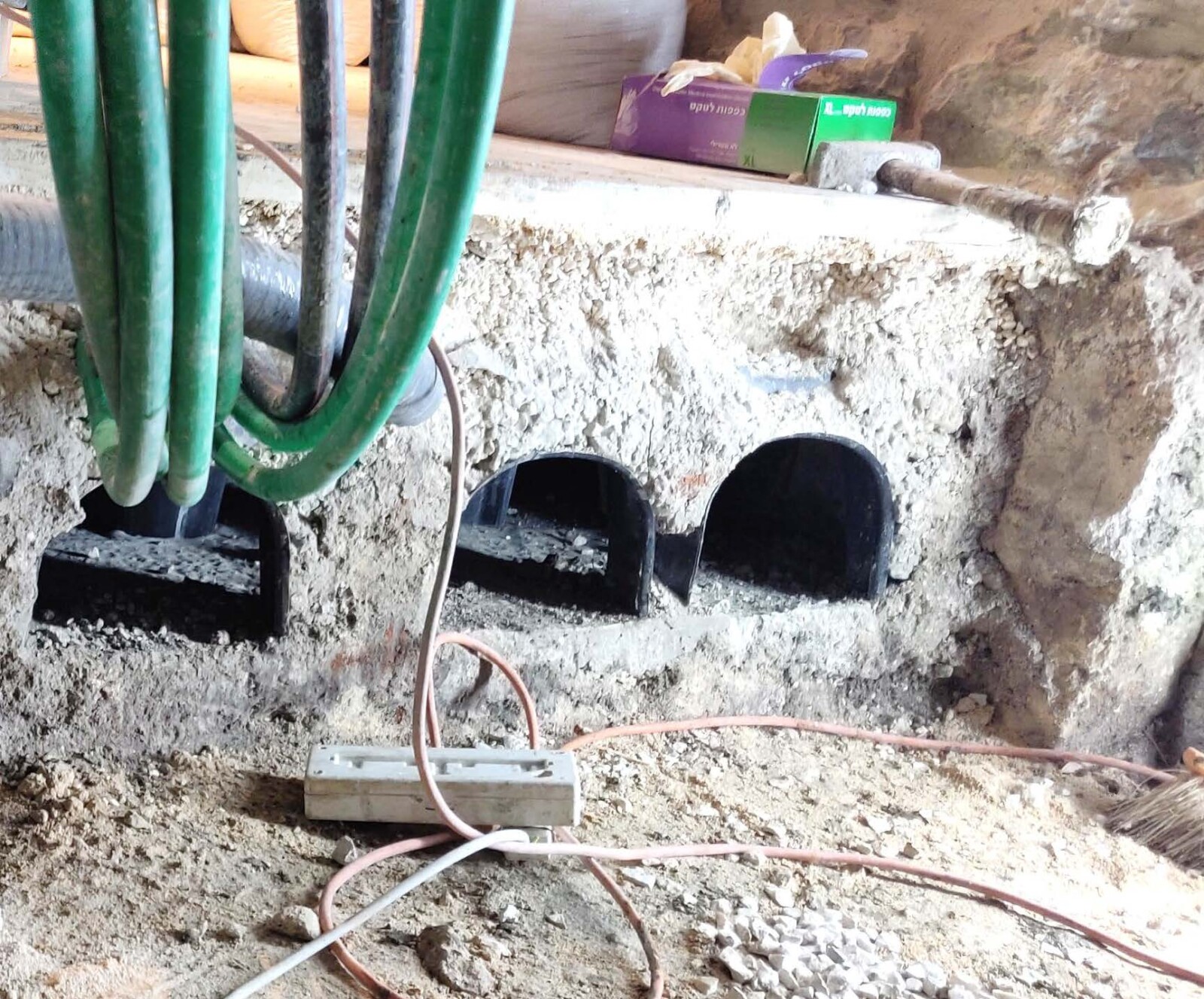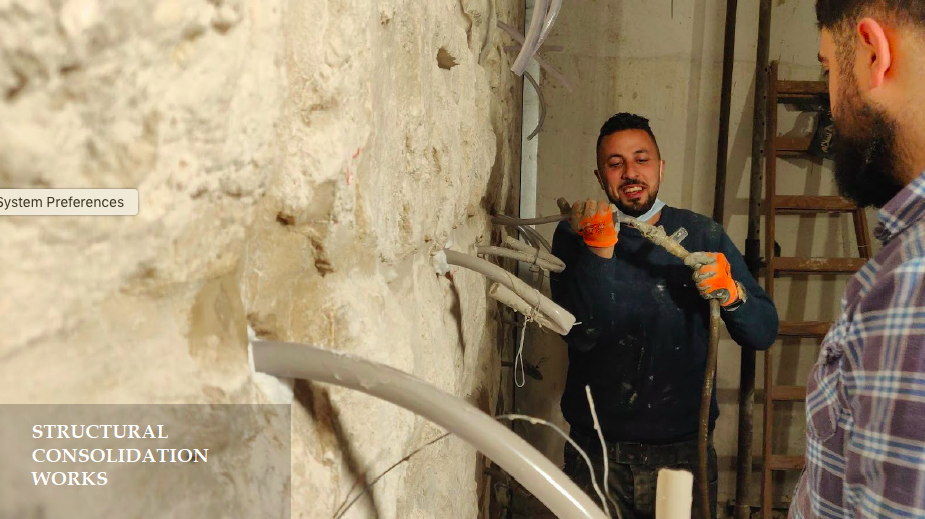Session Eight of the Terra Sancta Museum’s Scientific Committee: A new phase for the museum of the Custody of the Holy Land!
On March 26, 27, and 28, the scientific committee of the Terra Sancta Museum was finally able to meet in Jerusalem for its eighth session! After two years of border closures due to the pandemic crisis, the international members of the prestigious committee were once again able to gather together in the Monastery of Saint Saviour, seat of the Custody of the Holy Land. The program for the weekend entailed three days of intense work, including group work sessions, visits to the Dar Al Sabagh Diaspora Studies and Research Centre in Bethlehem, as well as presentations on the museum’s progress and all new projects underway.
Work in progress!
The year 2022 heralds a new plan of organisation for the museum. Most notably, museum works will be sorted into a schedule divided into three phases, spread over a period of three years. From 2019 until today, the technical office of the Custody has been focussed on works pertaining to the building (architectural surveys and 3D modelling, historical studies, and sanitation diagnostics), as well as on demolition works (removing partitions, plasters, and floors) in order to clean up the existing stonework and to free spaces for their intended museum use.
Thus, the first phase in the new schedule of works can begin shortly and will aim to cover all the work related to both the consolidation of the building structure and to water management (infiltration, leaks, drainage). This highly technical work will require the implementation of methodologies not often used in Palestine, such as lime mortar injections into the masonry. The installation of glass roofs in two courtyards, as well as the restoration of part of the convent roof, the interior courtyards, and the cisterns will help prevent risks of water infiltration and leakage.
Next, during the second phase, works will focus on the interior of the museum. During this phase, the floor coverings will be put into place, plaster will be applied to all the walls and ceilings, and various infrastructural networks will be installed (including electricity, plumbing, ventilation, as well as security and safety systems).
Finally, the third phase, which is planned to begin in July of 2023, will encompass the scenographic layout of the rooms, as well as the installation of display cases and of works. Additionally, a risk management study will be launched to evaluate all that the museum will potentially have to face: intrusions, fires, flooding, and even earthquakes!
Catalogues to document the collection
The Terra Sancta Museum has begun the process for creating a catalogue which will be dedicated to 19th- and 20th-century metalwork. Thus, we are pleased to announce that the number of catalogues in production for the historical section of the TSM has increased to four!
Anne Dion is the committee member in charge of this catalogue and, with this in mind, she arrived in Jerusalem with Benoit Constensoux a week before the committee’s meeting in order to see the works that had been previously selected. The next step for the project will be to identify which specialists will write the various entries in the book. Another catalogue, devoted to mediaeval metalwork, is entrusted to Florent Meunier, and will include new objects following recent discoveries. Among these is the sword said to have belonged to Godfroy of Bouillon, which was displayed in the Holy Sepulchre and about which Benoît Constensoux recently published an article in the review Terre Sainte Magazine (in French). Estelle Ingrand-Varenne, a researcher at the CNRS (French National Centre for Scientific Research) and a specialist in mediaeval epigraphy, and David Catalunya, a musicologist and a specialist in mediaeval musical culture, will also contribute their expertise to this catalogue. A third catalogue will be dedicated to metalwork from the modern period (17th and 18th centuries). Michèle Bimbenet-Privat, who is in charge of its execution, has confirmed that she is waiting for the last entries of works. This catalogue, which will be organised in three parts (gifts from the princely courts of Europe; pilgrims’ gifts; and objects of the “Ottoman” tradition), will be translated into four languages (French, English, Italian and Spanish). The focus will then shift to the selection of a publisher. The two catalogues devoted to the mediaeval and modern periods should be published by the end of 2024. Finally, the catalogue dedicated to mother-of-pearl art has been relaunched. It will be co-edited by Francesca Biaso, PhD in art history from the University of Verona, and George Alma, a Palestinian collector and the director of the Michele Piccirillo Centre.
A museum open to the international scene
As work on our museum progresses, major international museums and institutions continue to show interest in our collections, and no less than six exhibitions are currently scheduled. The temporary exhibitions will allow the Terra Sancta Museum to share its treasures with the public until the museum is fully opened, providing proof of the rich patrimony of the Franciscans of the Holy Land. Locally, the Tower of David Museum hopes to benefit from a long-term loan of three incendiary bombs and a 13th century harness for its permanent display. The National Library of Israel has likewise inquired into some works belonging to the Custody’s library, for an exhibit which will open at the end of the year. Internationally, the Château du Clos Lucé and the Hôtel de Lagoy in France are planning exhibitions for the end of the year and in early 2023, respectively. But the biggest event to be announced is the “Theatrum Mundi” Exhibition, organised by the Calouste-Gulbenkian Foundation, which will debut in 2023 and will display over one hundred works from the Terra Sancta Museum.
Finally, an exhibition on the mission of the Franciscans of the Holy Land, as well as the sanctuaries they protect, is already on display thanks to a travelling exhibition created by three friars, Nour Tamas, George Jallouf and Johnny Jallouf. This unique initiative was displayed at the end of last year in numerous parishes throughout Iraq, Syria, and Libya, and is currently circulating through Bethlehem, Nazareth, Ramleh, and Tel Aviv before finishing in Jerusalem next autumn.
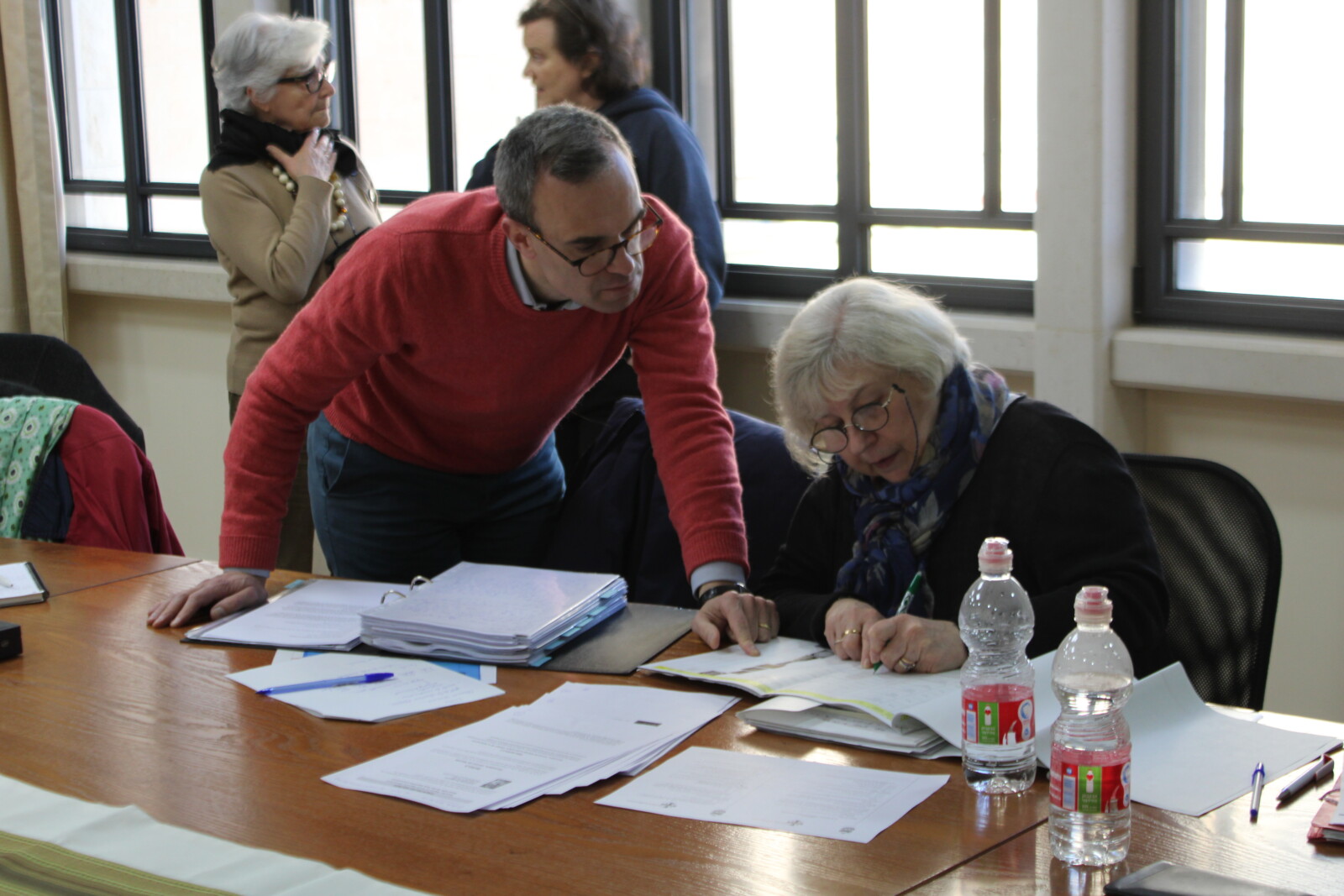
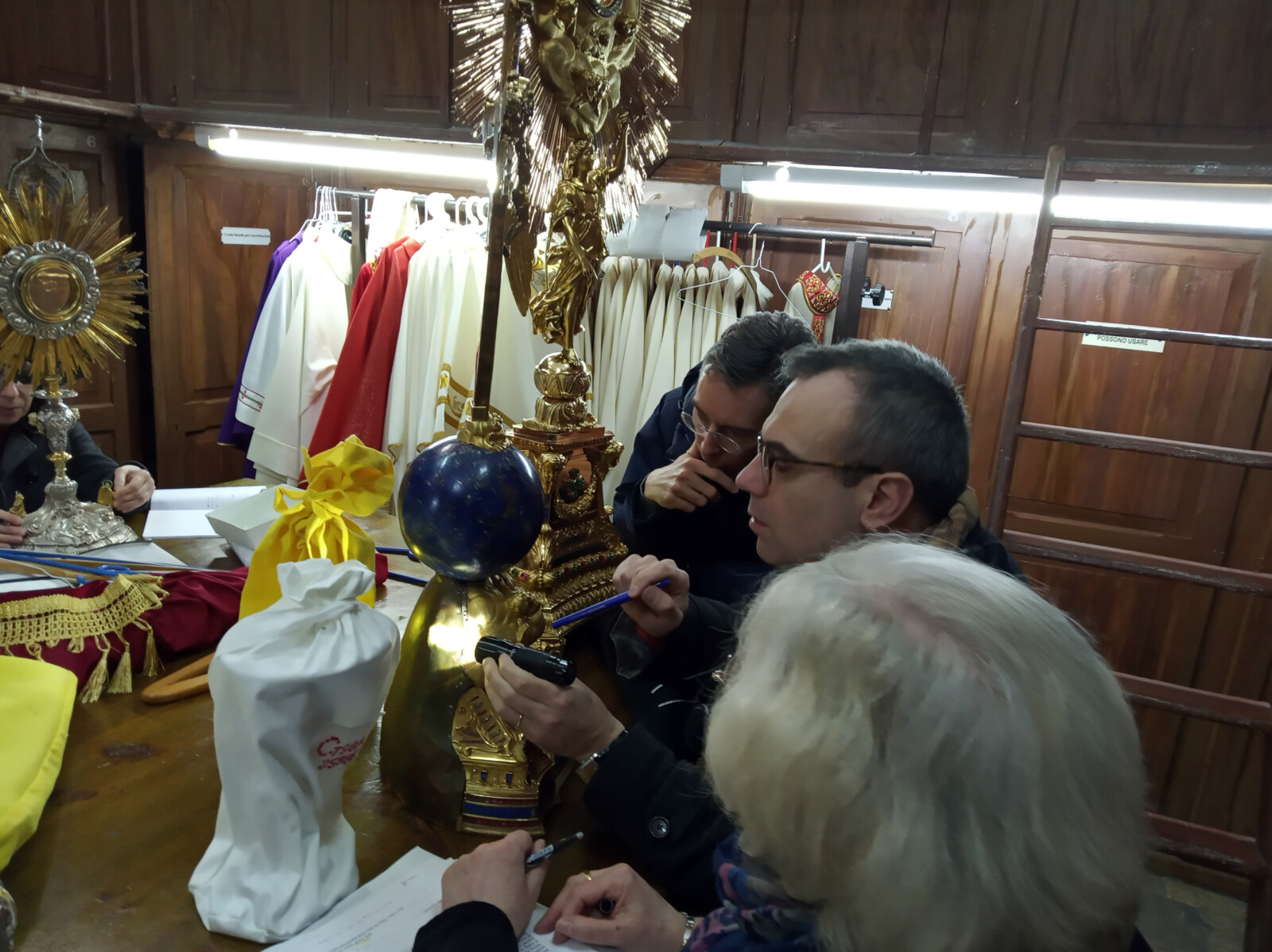
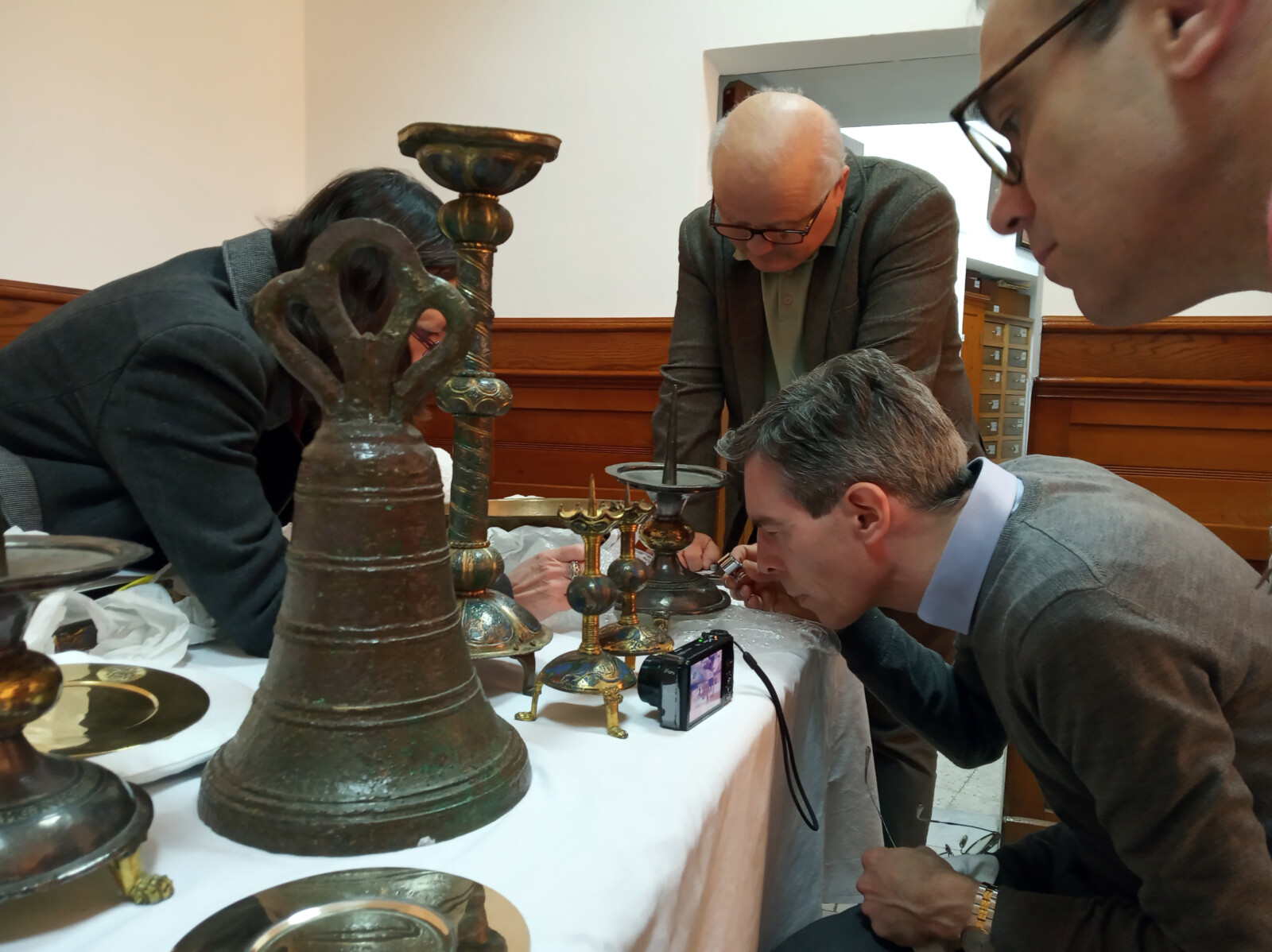
A new room for icons
Another important announcement following the scientific committee’s meeting includes the creation of a new room in the historical section which will be dedicated solely to icons. Under the direction of Raphaëlle Ziadé, this room will display icons from all the traditions present in the Holy Land (Coptic, Greek, Russian, and Arab), thus allowing the Terra Sancta Museum to reflect the rich diversity of the local Christian population.
The works to be displayed in this room are still being selected and studied, though they will all come from one of two collections: that of the Custody of the Holy Land and that of George Al’Alma. For this reason, the scientific committee was invited to the Dar Al Sabagh Centre in Bethlehem by George Al-Alma, who is director of the centre. During the visit, the centre presented its unique research dedicated to the Palestinian diaspora. The centre also exhibited a selection of icons from George Al’Alma’s collection, which will be on long-term loan to the Terra Sancta Museum.
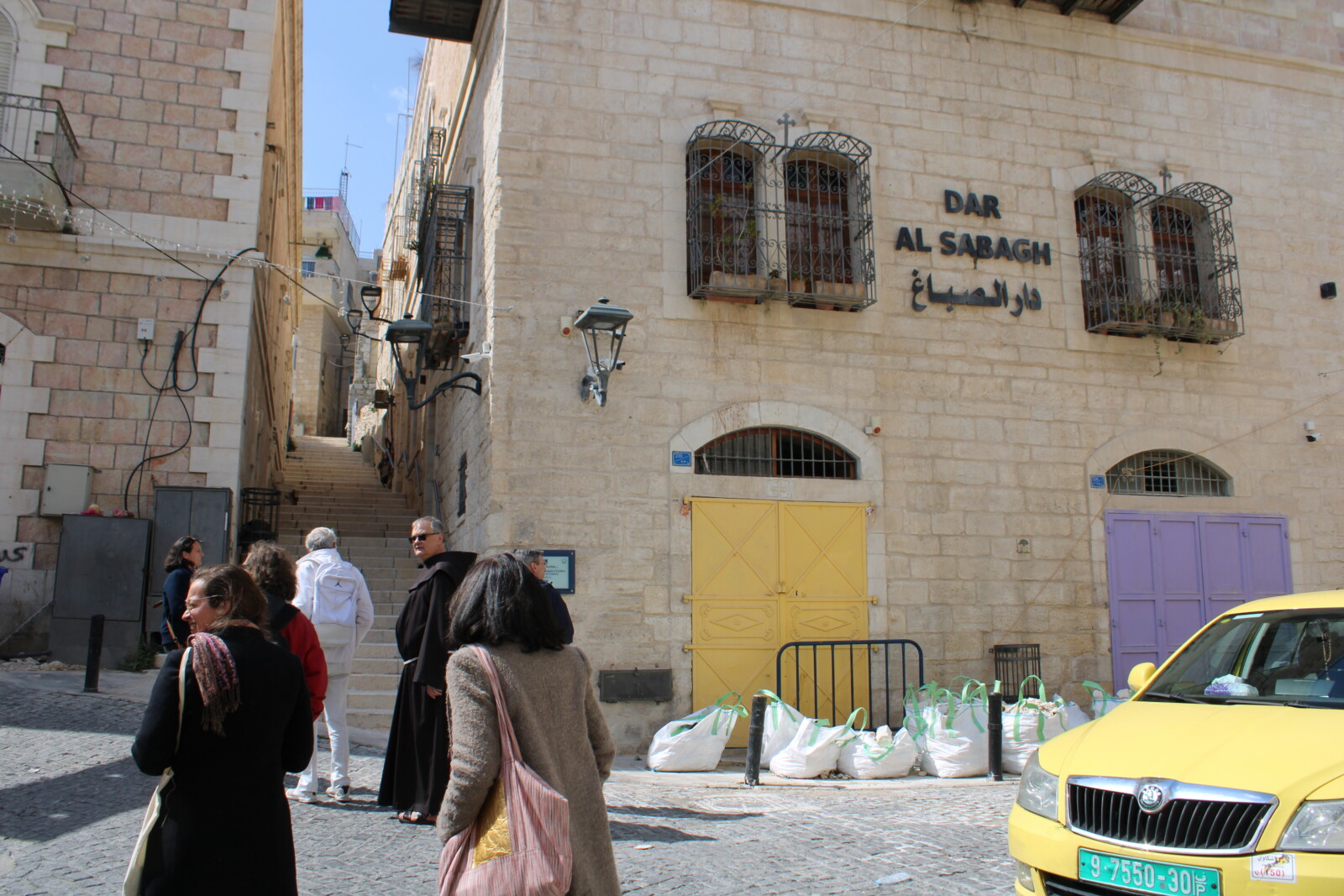
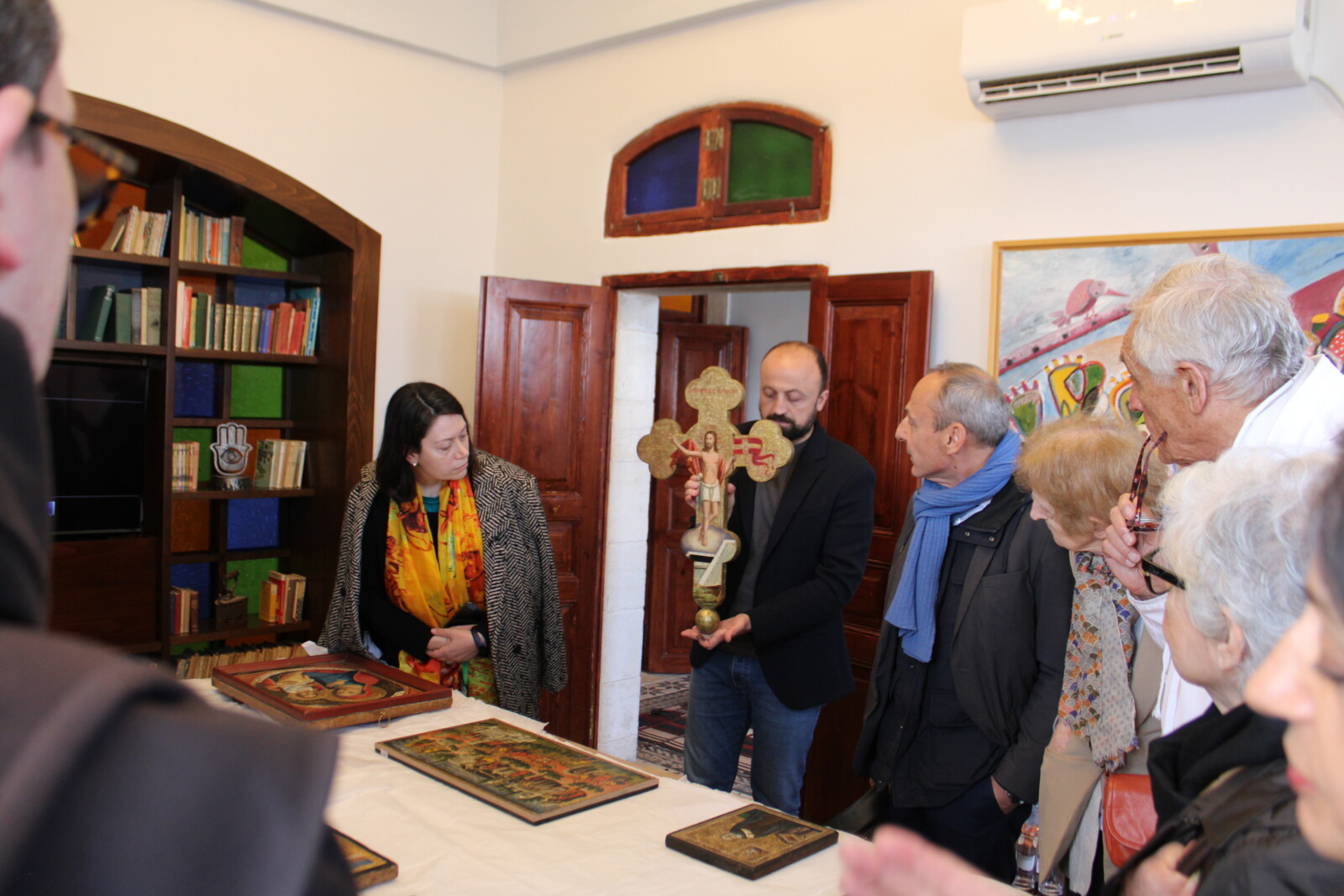
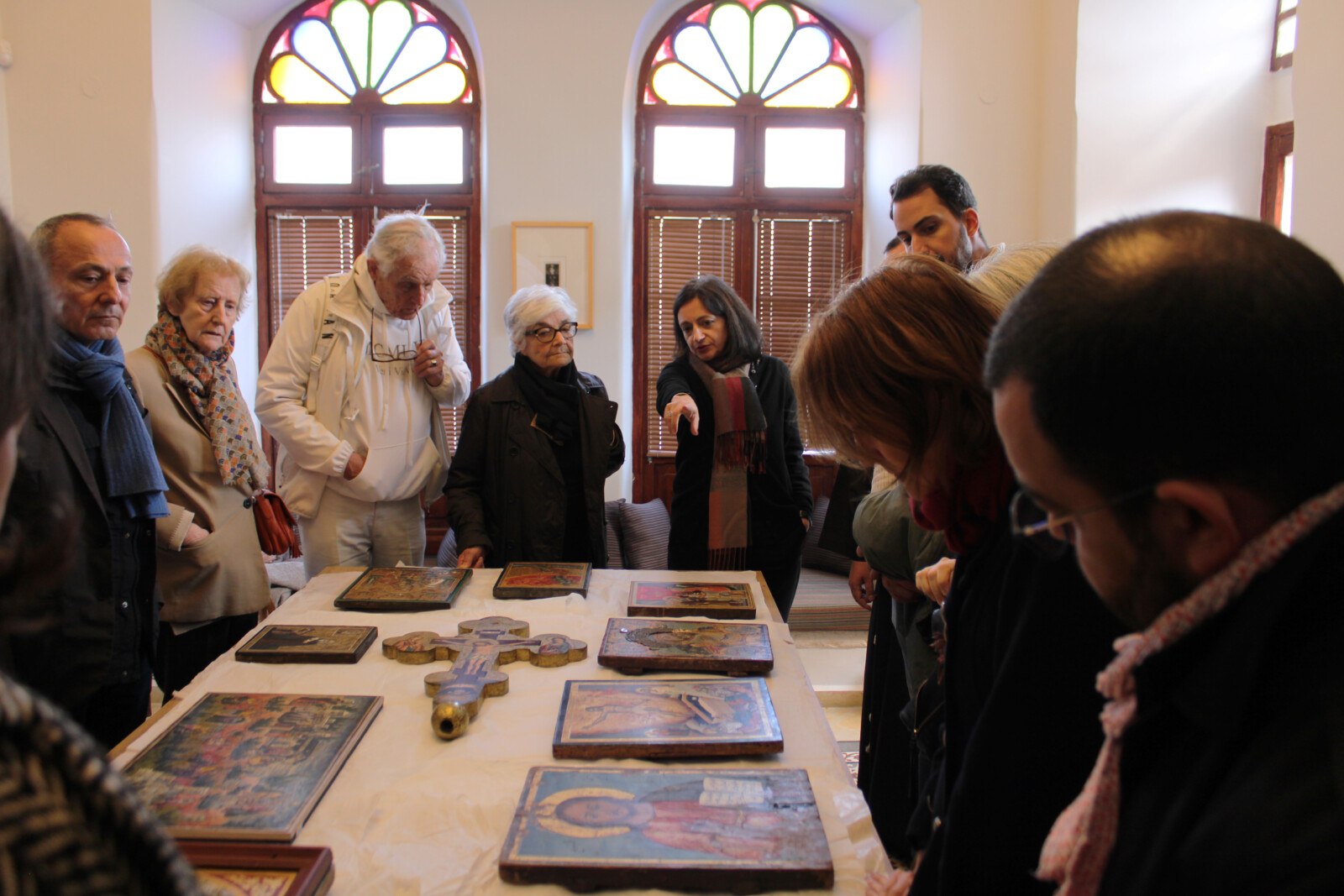
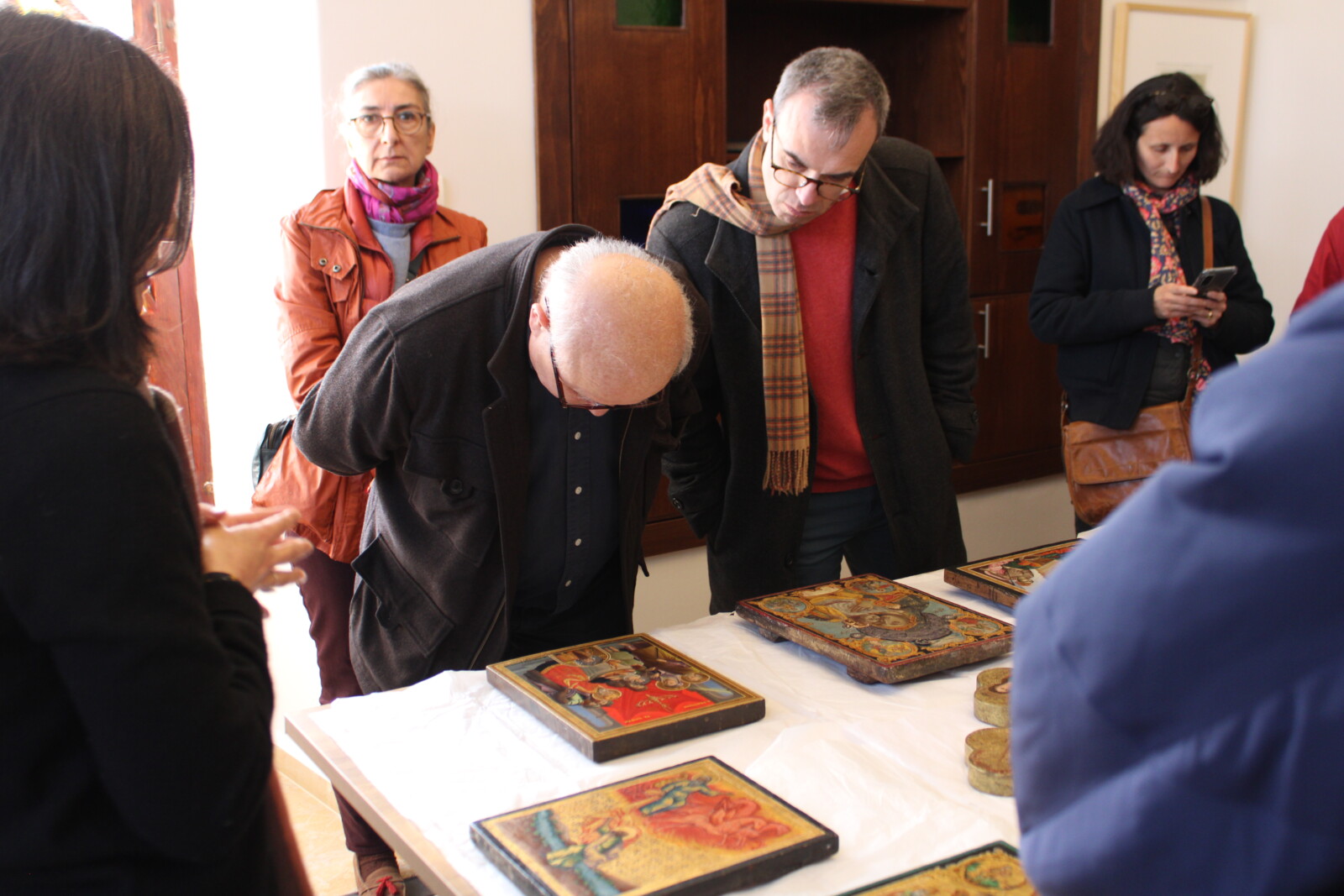
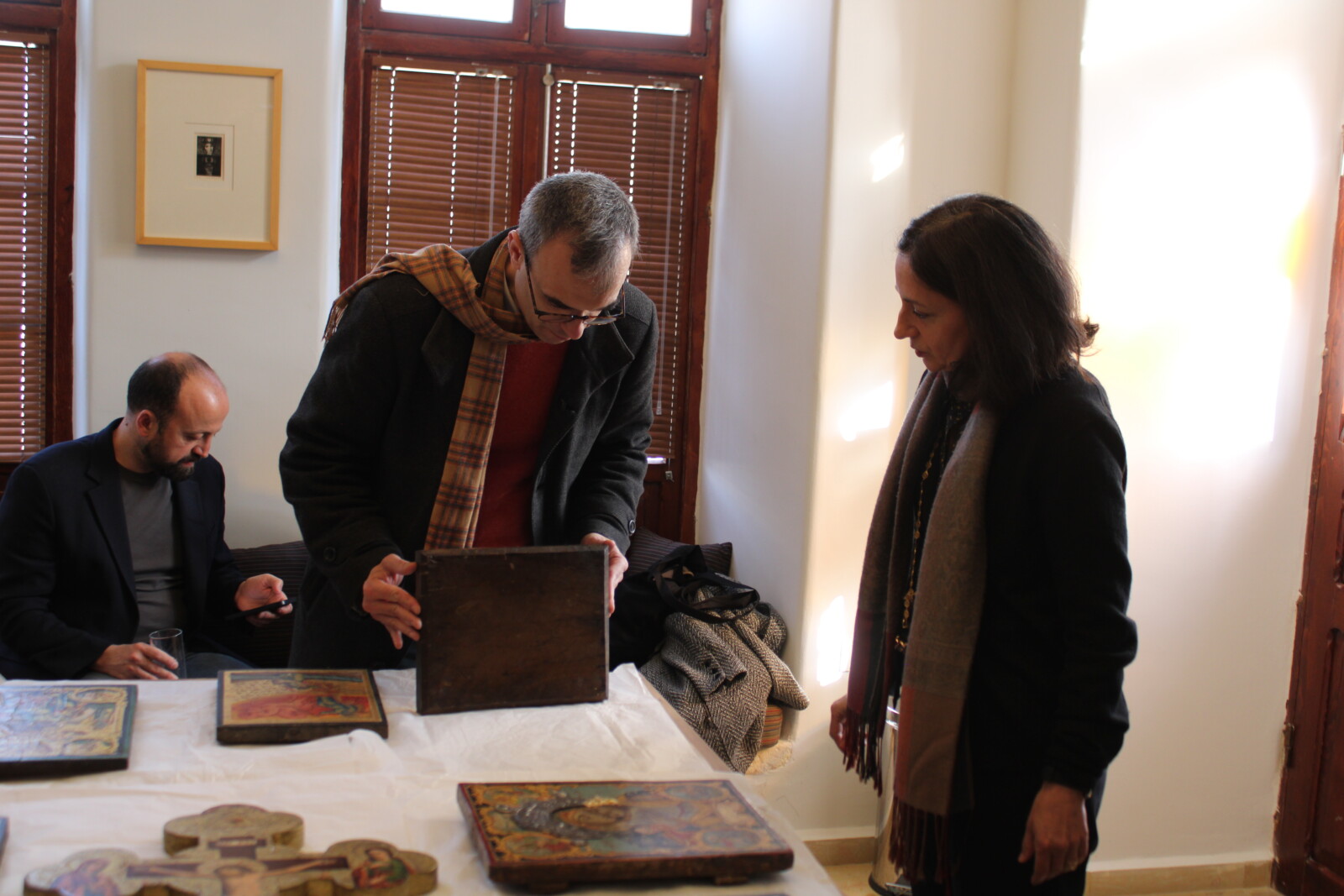
The Terra Sancta Museum project is celebrating its tenth anniversary this year and, despite a difficult conjuncture, is still going strong! The arrival of new institutional patrons, which serves as an impetus for a new stage of professionalisation for the museum, is proof of this. The year 2022 marks a restructuring of the teams into six working groups and a division of tasks involving the members of our scientific committee even more. “We are truly passing from the planning to the realisation phase of the museum,” Béatrix Saule declared to the members of the committee. Following the development of the new construction schedule, a new date for the full opening of the museum has been announced. See you in April 2025 for the inauguration!
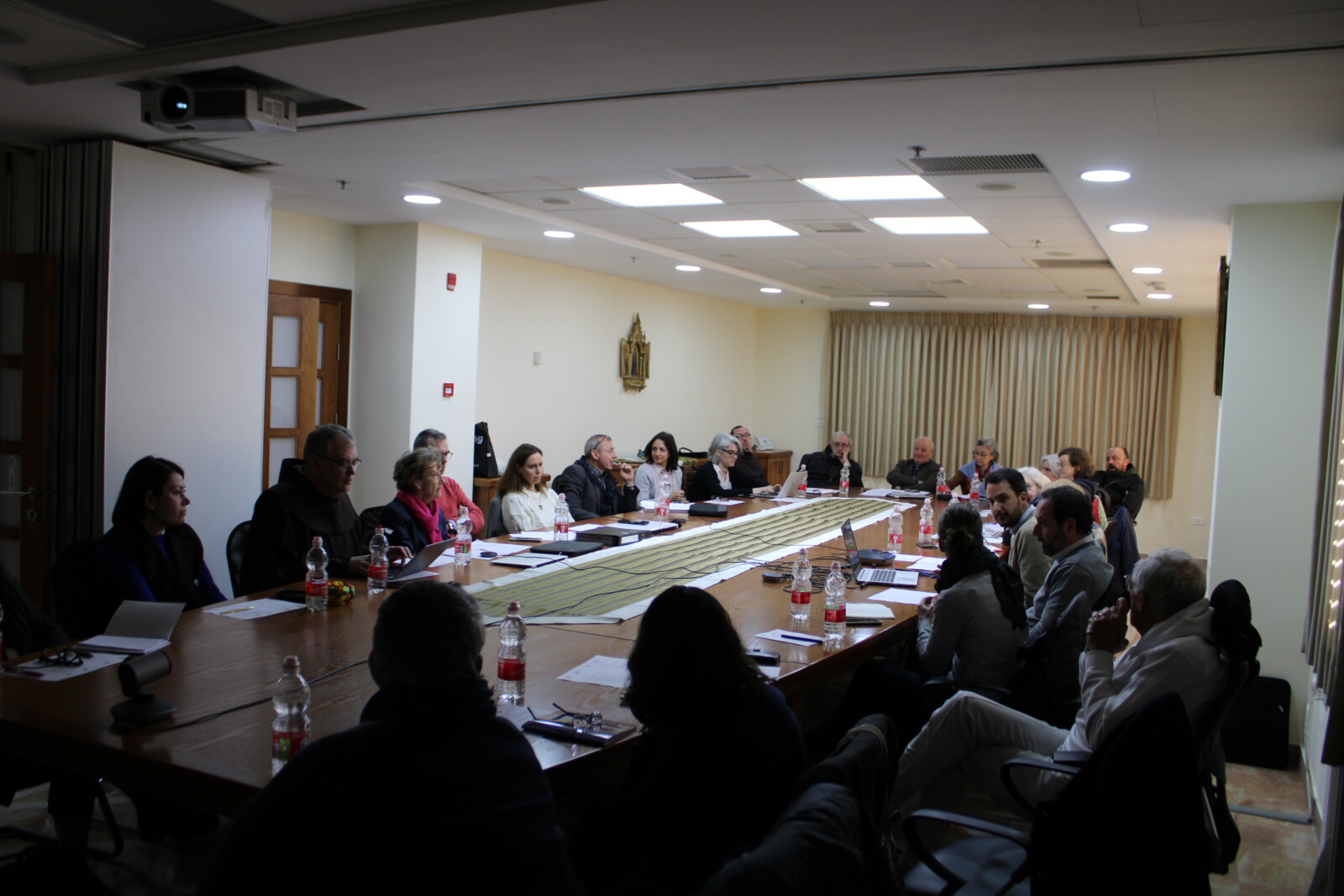
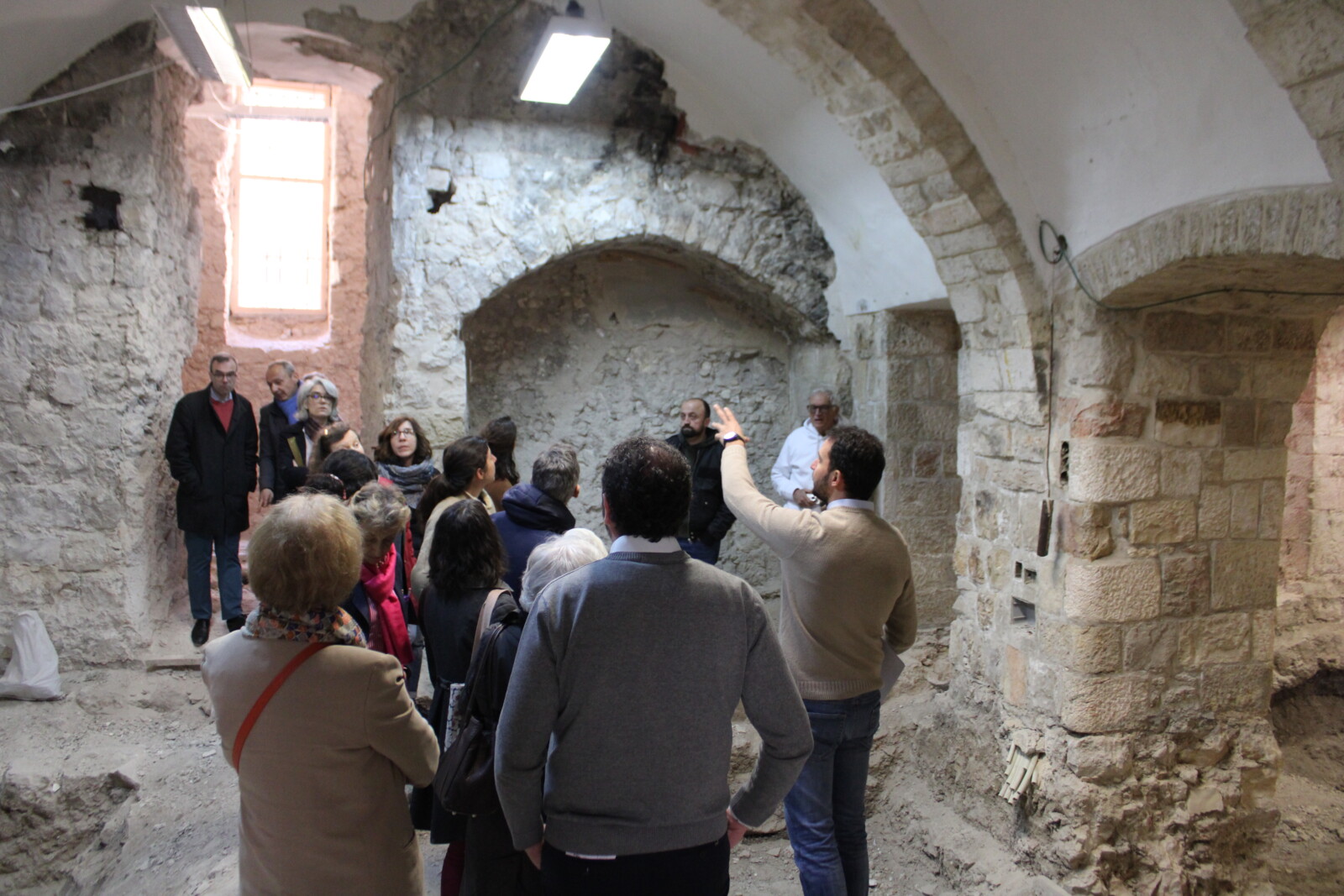
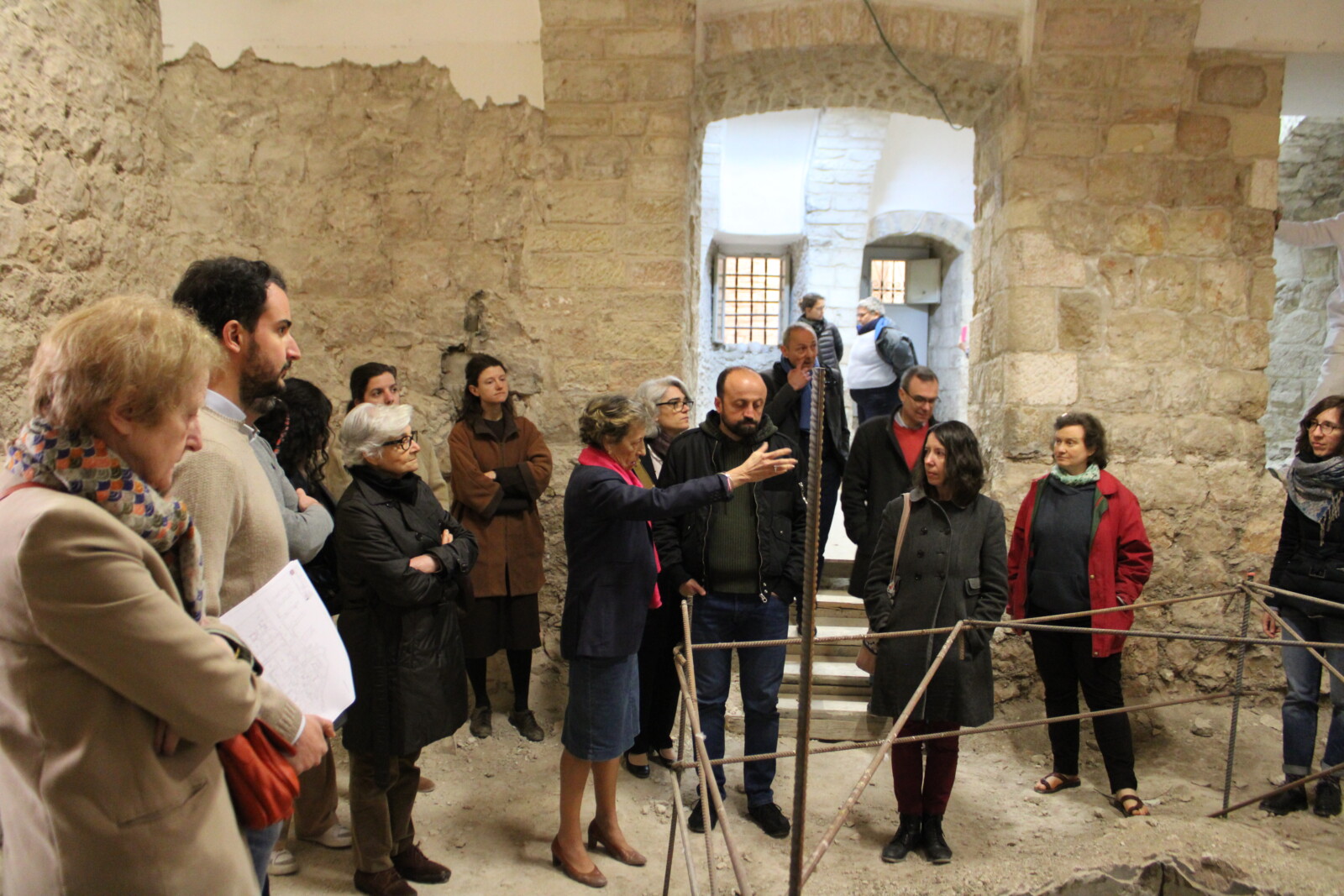
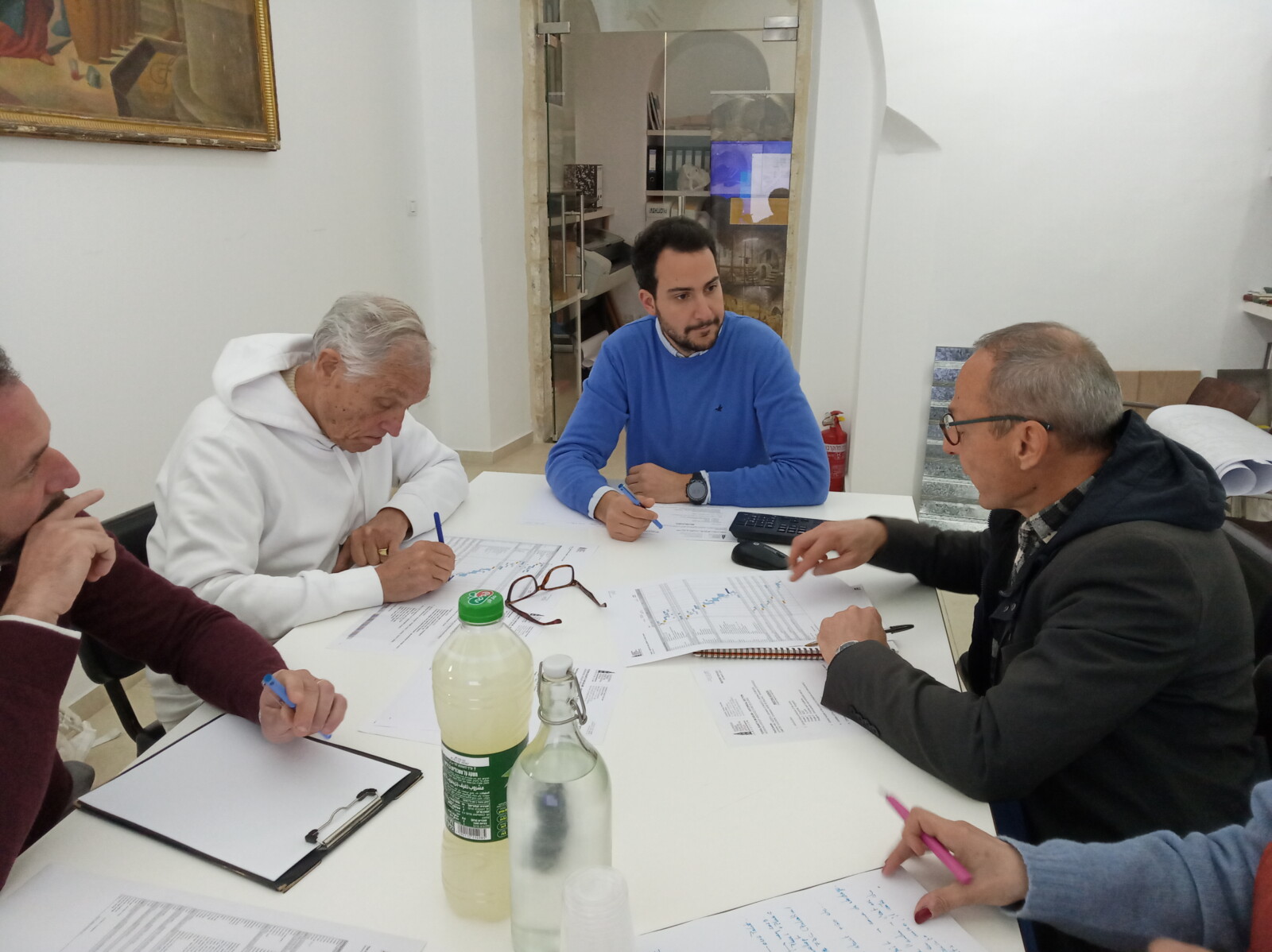
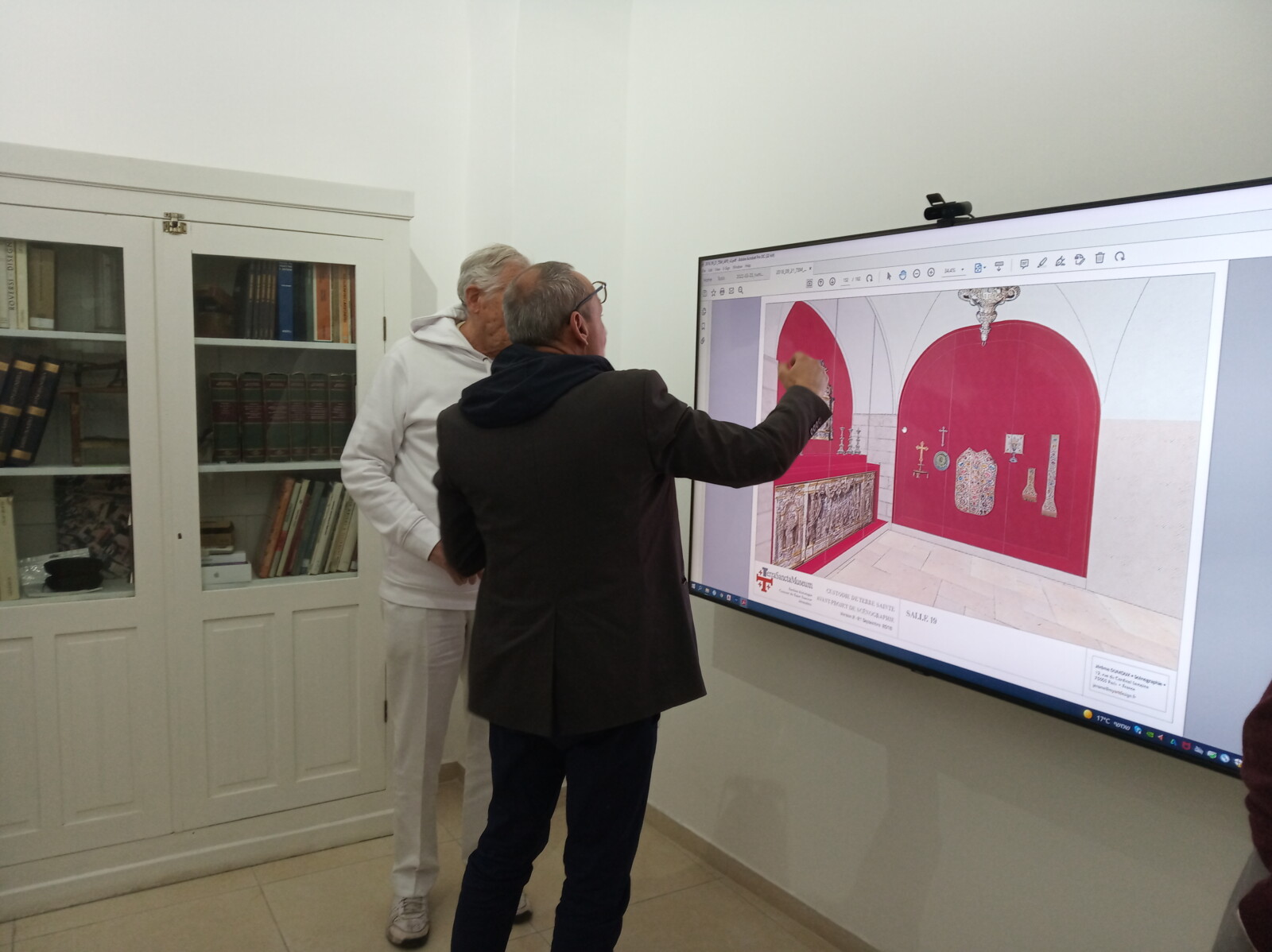
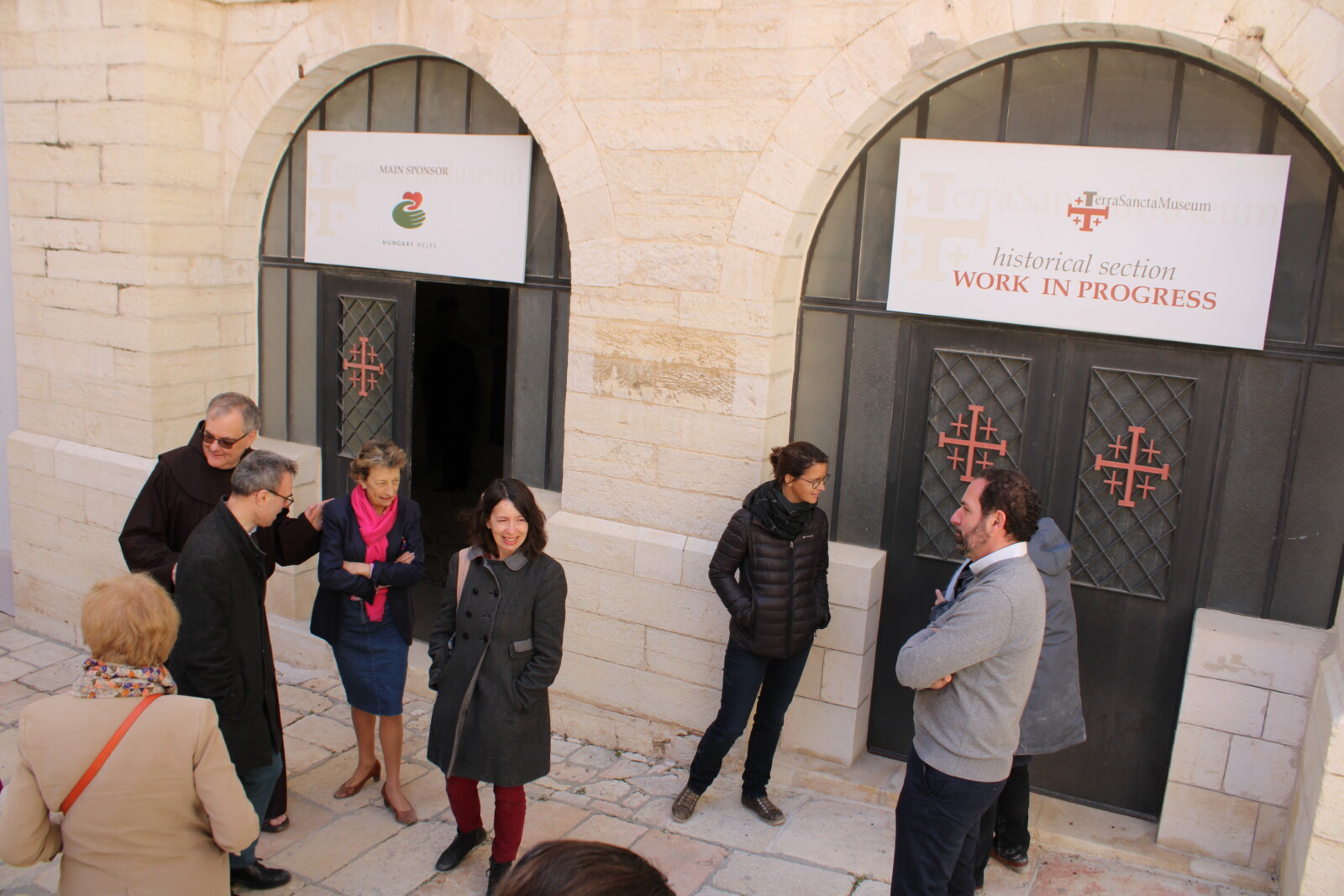
(translated from French by Virginia Nyce)

